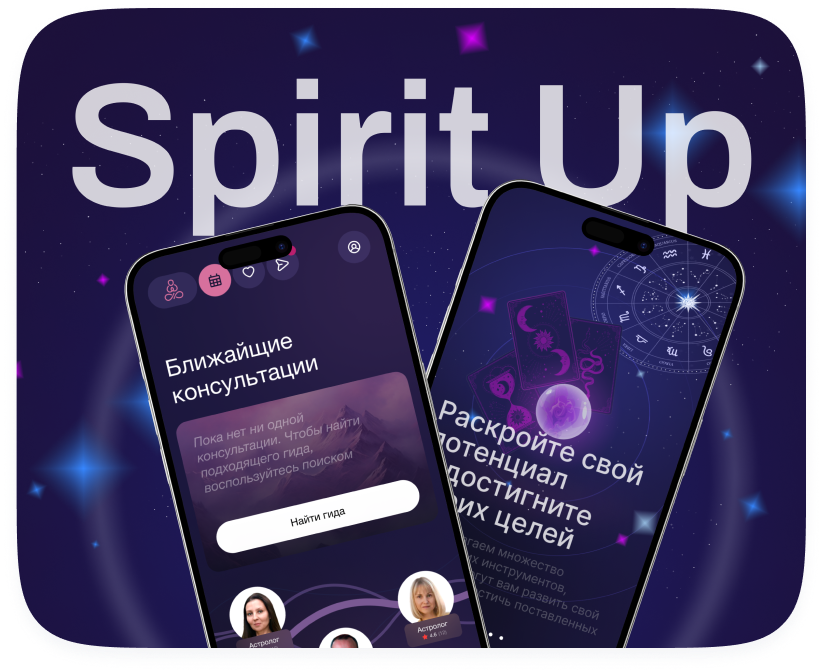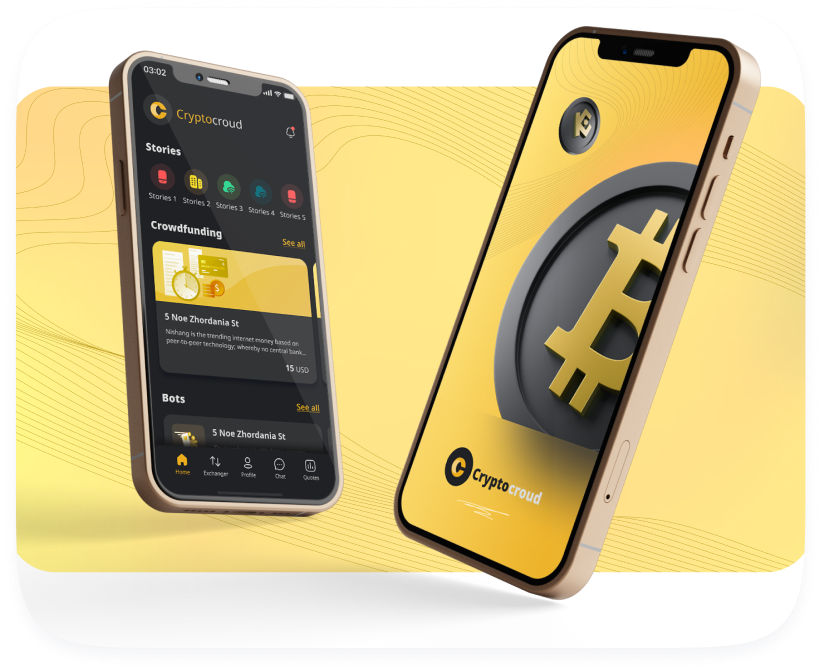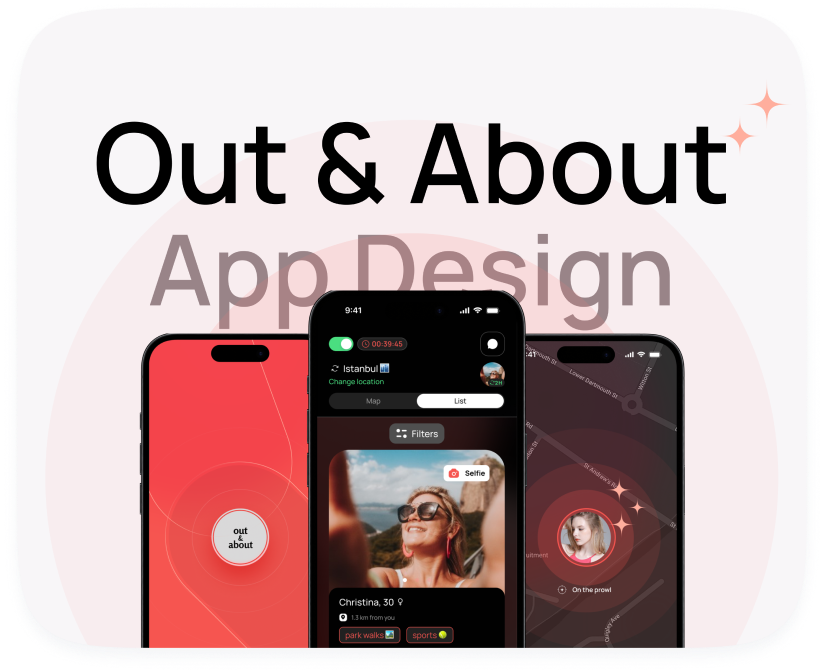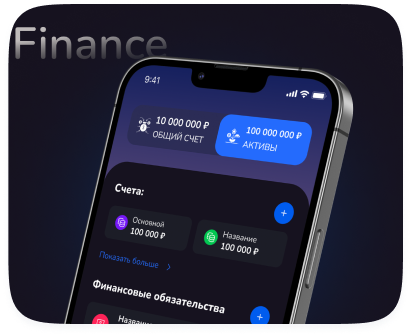
We build mobile apps
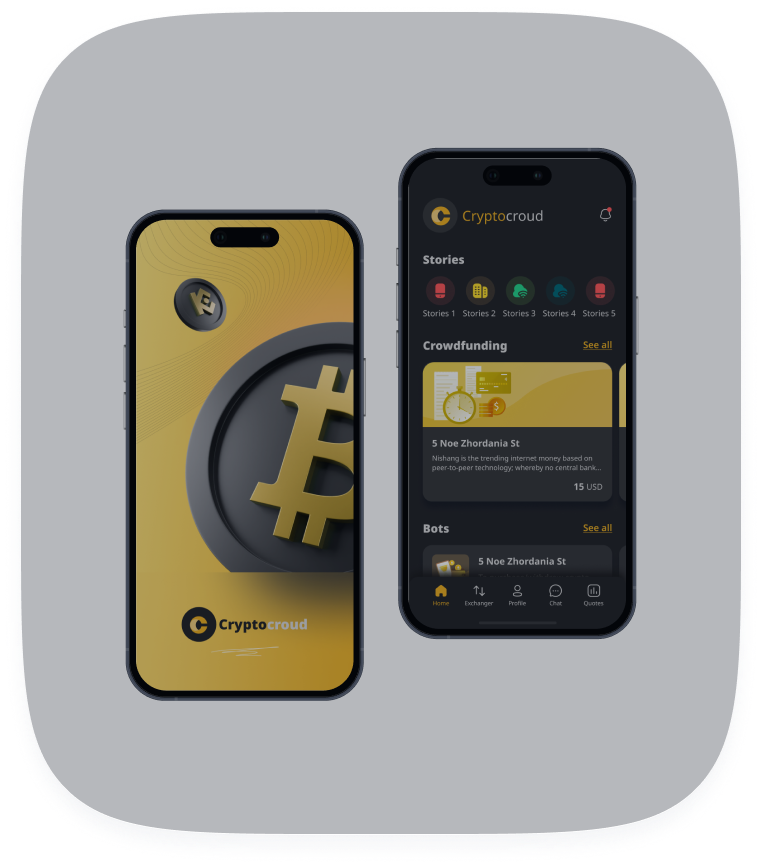




We work directly with every client
We deliver solutions with guaranteed results.

We build mobile apps






















It’s similar to buying a car at a dealership: you can go with the basic model, or choose a fully loaded version — it all depends on your needs and goals.

How to create YOUR OWN ChatGPT?

How to PROPERLY create a mobile app in 2024 | Step by step

You pay > We work > You receive the results. If you’re satisfied, you pay the next installment.
We need to have a call and discuss your specific requirements.
One thing we can say for sure: projects under 500,000 rubles are not feasible — we can’t deliver the required quality for less.
We launch, gather user feedback, and add new features that help you earn more from the app.
During development, I always design the architecture to make future updates and improvements easy and convenient.
Some apps perform better with influencer marketing, others through ad networks, and sometimes it’s even effective to buy a contact list and set up retargeting 😊
It all depends on your project’s specifics and is discussed personally.
How we can help:
- Set up ASO (App Store Optimization) and create an attractive app store page to drive free, organic installs.
- Help you develop the right promotion strategy tailored to your app.
- Share contacts of advertising experts I personally work with.
Спросить ChatGPT
The only ongoing cost is paying for the server (hosting).
You pay a subscription fee for the server. The more users your app has, the more server resources it consumes, and the higher the hosting costs.
At the early stages, when you have few users, the server will be FREE.
After that, the cost will gradually increase, but it remains affordable.
For example, an app with 100,000 users spent about $150 per month on hosting.
Our App Development Pricing: Flexible & Transparent Models
Building a successful mobile application requires careful planning, skillful execution, and, of course, a well-defined budget. Understanding app development pricing can be a daunting task, but with clear information and transparent models, you can make informed decisions and ensure your project stays on track. This article will delve into the various factors that influence app development costs, the different pricing models available, and how we at [Your Company Name] offer flexible and transparent solutions to meet your specific needs.
Understanding the Factors Affecting App Development Pricing
Several elements contribute to the overall cost of app development. Ignoring these factors can lead to inaccurate budget estimations and potential project delays. Let's explore some of the most significant aspects:
- Platform (iOS, Android, or Cross-Platform): Developing for multiple platforms significantly increases the workload and, consequently, the cost. iOS development often differs from Android development in terms of code, tools, and testing procedures. Cross-platform solutions using frameworks like React Native or Flutter can sometimes be more cost-effective, but it depends on the app's complexity.
- App Complexity: The more complex the features and functionality, the more time and resources are needed. Simple apps with basic features will naturally cost less than complex applications with intricate user interfaces, integrations, and data processing.
- Features and Functionality: Features like user authentication, push notifications, geolocation, in-app purchases, and social media integration all require development effort and contribute to the overall cost.
- Design and User Interface (UI/UX): A well-designed and user-friendly interface is crucial for app success. Custom UI/UX design, including wireframing, prototyping, and visual design, requires specialized skills and time. Complex animations and micro-interactions also add to the cost.
- Backend Infrastructure: Many apps require a backend server to store data, manage users, and handle logic. The complexity of the backend infrastructure, including database selection, API development, and server maintenance, directly affects the cost.
- Integration with Third-Party Services: Integrating with services like payment gateways (e.g., Stripe, PayPal), social media platforms (e.g., Facebook, Twitter), or mapping services (e.g., Google Maps) requires specific expertise and can increase the development time.
- Testing and Quality Assurance (QA): Thorough testing is essential to ensure app stability, performance, and security. Different types of testing, including unit testing, integration testing, user acceptance testing (UAT), and performance testing, are required. Adequate QA reduces the risk of bugs and ensures a positive user experience.
- Project Management: Effective project management is crucial for keeping the project on track, managing resources, and ensuring communication between the development team and the client. Project managers coordinate tasks, track progress, and address any challenges that may arise.
- Location of the Development Team: Development costs vary significantly depending on the location of the development team. Outsourcing to countries with lower labor costs can potentially reduce the overall expense, but it's important to consider factors like communication barriers, time zone differences, and quality control.
- Post-Launch Maintenance and Support: After launching the app, ongoing maintenance and support are essential for addressing bugs, implementing updates, and adding new features. Budgeting for post-launch activities ensures the app remains functional and competitive.
Different App Development Pricing Models
Choosing the right pricing model is crucial for aligning your budget with your project requirements. Here are some common app development pricing models:
Fixed Price
In the fixed price model, the total cost of the project is agreed upon upfront based on a detailed scope of work. This model provides budget certainty and is suitable for projects with well-defined requirements. However, changes to the scope can lead to additional costs and potential delays.
Advantages:- Budget predictability
- Clear scope of work
- Limited flexibility
- Potential for change orders
Time and Material
The time and material (T&M) model charges based on the actual time spent and resources used. This model offers flexibility and is suitable for projects with evolving requirements or those where the scope is not fully defined at the outset. While offering flexibility, it requires careful monitoring to manage costs effectively.
Advantages:- High flexibility
- Adaptable to changing requirements
- Less budget certainty
- Requires close monitoring
Dedicated Team
In the dedicated team model, you hire a team of developers, designers, and project managers who work exclusively on your project. This model provides a high degree of control and is suitable for long-term projects or those requiring specialized expertise. It’s like having your own in-house development team, but without the overhead costs associated with hiring and managing employees.
Advantages:- Dedicated resources
- High level of control
- Consistent team collaboration
- Higher initial investment
- Requires active management
Value-Based Pricing
Value-based pricing focuses on the perceived value that the app delivers to the client. This model is often used for highly innovative or complex projects where the ROI can be clearly quantified. The price is determined by the expected benefits, such as increased revenue, cost savings, or improved efficiency.
Advantages:- Aligned with business goals
- Potential for higher returns
- Difficult to estimate value accurately
- Requires strong client collaboration
Our Transparent and Flexible Pricing Models at [Your Company Name]
At [Your Company Name], we understand that every project is unique. That's why we offer a range of flexible and transparent pricing models to suit your specific requirements and budget. We work closely with you to understand your goals, define the scope of work, and choose the model that best aligns with your needs.
Our Approach to Pricing Transparency
We believe in complete transparency when it comes to pricing. We provide detailed breakdowns of our estimates, outlining the costs associated with each phase of the development process. We also keep you informed of any potential cost changes and provide justifications for any adjustments. Our goal is to ensure you have a clear understanding of where your money is being spent.
Fixed Price Projects
For projects with well-defined requirements, we offer a fixed price model. We carefully analyze your requirements, provide a detailed estimate, and agree on a fixed price before starting development. This gives you budget certainty and peace of mind.
Time and Material Projects
For projects with evolving requirements or those where the scope is not fully defined, we offer a time and material model. We provide regular updates on the time spent and resources used, allowing you to track progress and manage costs effectively. We use industry-standard project management tools to ensure transparency and accountability.
Dedicated Team Solutions
For long-term projects or those requiring specialized expertise, we offer dedicated team solutions. We assemble a team of developers, designers, and project managers who work exclusively on your project. This provides you with a high degree of control and ensures consistent collaboration.
Cost Breakdown Example
To further illustrate our transparent approach, here's an example cost breakdown for a hypothetical app development project. Please note that this is a general example and actual costs may vary depending on the specifics of your project. This estimates are based on average market rates and are intended for illustrative purposes only.
| Phase | Description | Estimated Time (Hours) | Estimated Cost |
|---|---|---|---|
| Discovery & Planning | Requirement gathering, market research, competitive analysis, project planning. | 40-80 | $4,000 - $8,000 |
| UI/UX Design | Wireframing, prototyping, visual design, user testing. | 80-160 | $8,000 - $16,000 |
| Frontend Development | Developing the user interface, implementing features, integrating with APIs. | 160-320 | $16,000 - $32,000 |
| Backend Development | Developing the server-side logic, database design, API development, security implementation. | 160-320 | $16,000 - $32,000 |
| Testing & QA | Unit testing, integration testing, user acceptance testing (UAT), performance testing. | 80-160 | $8,000 - $16,000 |
| Project Management | Project planning, task management, communication, risk management. | 40-80 | $4,000 - $8,000 |
| Deployment & Launch | Preparing the app for launch, submitting to app stores, monitoring performance. | 20-40 | $2,000 - $4,000 |
| Post-Launch Support | Bug fixing, updates, ongoing maintenance. | (Variable) | (Variable, typically 10-20% of development cost annually) |
| Total Estimated Cost (Excluding Post-Launch Support) | $58,000 - $116,000 | ||
Assumptions:
- These costs are based on average hourly rates for development services.
- The actual cost will vary based on the complexity of the app, the location of the development team, and other factors.
- Post-launch support costs are estimated as a percentage of the total development cost and can vary depending on the level of support required.
Tips for Optimizing Your App Development Budget
Here are some tips to help you optimize your app development budget:
- Clearly Define Your Requirements: A well-defined scope of work is essential for accurate cost estimation.
- Prioritize Features: Focus on the core features first and add additional features in later iterations.
- Choose the Right Technology Stack: Selecting the appropriate technology stack can impact development time and cost.
- Consider Cross-Platform Development: Cross-platform frameworks can sometimes be more cost-effective for developing apps for multiple platforms.
- Embrace Agile Development: Agile methodologies allow for flexibility and continuous improvement, helping to manage costs effectively.
- Communicate Effectively: Clear communication between the development team and the client is crucial for avoiding misunderstandings and ensuring the project stays on track.
- Thorough Testing: Investing in thorough testing reduces the risk of bugs and ensures a positive user experience, ultimately saving time and money in the long run.
Conclusion
Understanding app development pricing is crucial for making informed decisions and ensuring your project stays within budget. At [Your Company Name], we are committed to providing flexible and transparent pricing models that meet your specific needs. By carefully considering the factors that influence app development costs, choosing the right pricing model, and working with a trusted development partner, you can bring your app idea to life without breaking the bank. Contact us today to discuss your project and get a customized quote.


